Your question is a bit vague on what you actually want to achieve and using which language. As I understood you want to be able to implement a similar multithreaded motor control mechanism in Labview?
If so, then the answer to both of your questions is yes, you can implement the wait without an explicitly defined variable (other than the error cluster, which you probably would be passing around anyway). The easiest method is to pass an error cluster to both your loops and then use Merge errors to combine the generated errors once the loops are finished. Merge errors will wait until both inputs have data, merges the errors, and passes the merged error cluster on. By wiring the merged error cluster to your teardown function you effectively achieve the thread synchronization you described. If you require thread synchronization for the two control loops, you would however still have to use semaphores, rendezvous', notifiers, and other built-in synch methods.

In the image there's an init function that opens two serial devices (purple wire) and passes them to the control loops, which both runs until an error (yellow-black wire) occurs. The errors from both are merged and passed to the teardown function that releases the serial devices. Notice that in this particular example the synchronization would occur at the end of program as long as there's at least one wire coming from each loop to the teardown function.
Similar functionality in a text based programming language would necessitate the use of more elaborate mechanisms, though some specialised language for parallel programming might help here.

